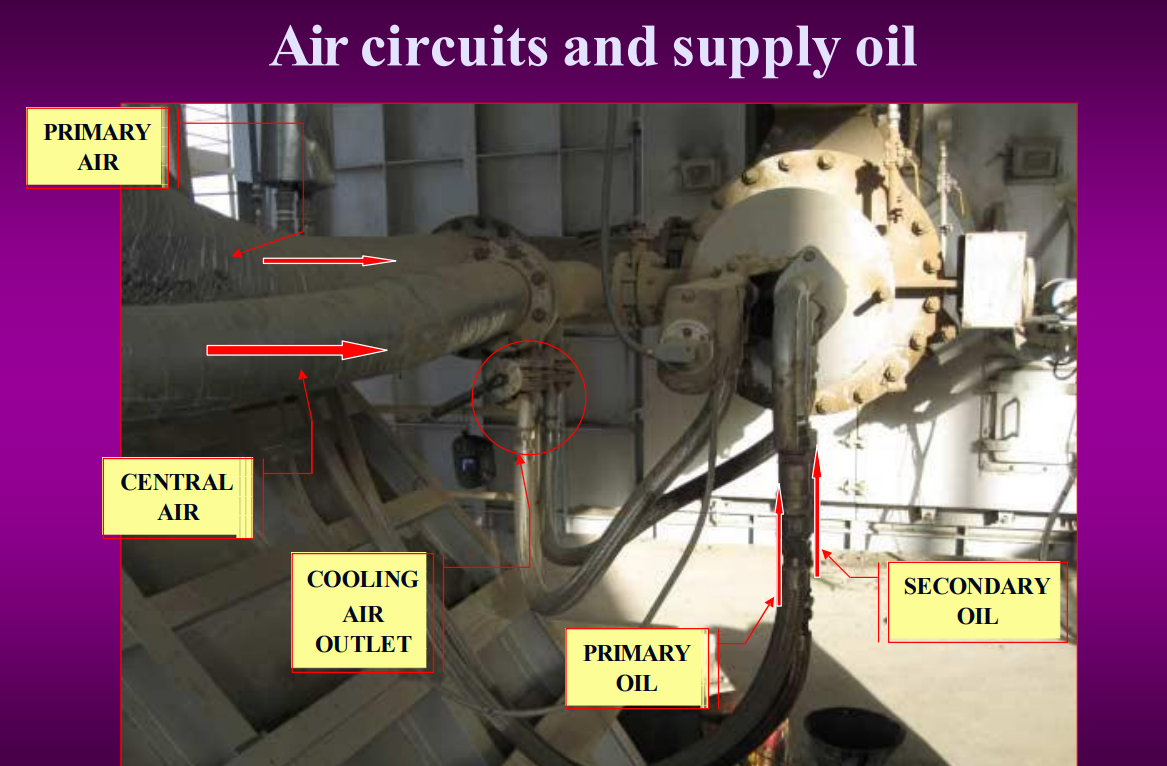Contents
Key Factors That Control Cement Strength and Properties

TO Download this post and all the books and excel sheets and my personal notes and presentations I collected about cement industry in the last 30 years click the below paypal link
The process of cement hydration is one of the most critical chemical reactions in construction. It involves the interaction of various mineral components within the cement, which directly influences the setting time and strength development of the cement. This complex reaction is essential in determining the quality and durability of concrete structures. In this post, we’ll explore the key factors that control cement hydration and how these elements contribute to the overall properties of cement.
1. Grinding Fineness (Blaine Value)
One of the primary factors that control cement hydration is the fineness of the grinding process. The finer the cement particles, the larger the surface area available for the hydration reaction. Increased surface area accelerates the rate of hydration, which leads to faster early strength development. This parameter is often measured using the Blaine value, a measure of the particle surface area per unit mass.
- Why it matters: Finer grinding speeds up the cement hydration process, allowing for quicker strength gain. This is especially useful in projects that require early load-bearing capacity.
2. Sulfate Optimization
Gypsum and other sulfates are added to cement to regulate the setting time and prevent flash setting, which is when cement sets too quickly without adequate workability. By optimizing the sulfate content, the hydration process can be controlled, leading to better performance of the cement.
- Why it matters: Proper sulfate optimization ensures that cement sets at the desired pace, allowing workers enough time to manipulate the material during construction. Incorrect sulfate levels can lead to weak or brittle concrete.
3. Particle Size Distribution
The distribution of particle sizes within the cement influences how the material behaves during hydration. Cement mills and grinding processes determine the range of particle sizes, and tailoring this distribution is essential for optimizing the setting, strength, and other properties.
- Why it matters: Particle size distribution impacts how quickly or slowly cement hardens, influencing its overall strength and durability. Achieving the right balance ensures the cement performs as expected across various applications.
4. Clinker Reactivity
The reactivity of the cement clinker, which consists of minerals such as alite and belite, is another critical factor in determining hydration rates. The mineralogical composition of the clinker affects both the rate at which the cement hydrates and the strength it eventually develops.
- Why it matters: Optimizing the reactivity of clinker is a key lever for controlling how quickly cement gains strength and how durable it becomes in the long term. This is crucial for projects requiring high-performance concrete.
5. Cement Recipe
Finally, the overall cement recipe, including the addition of supplementary cementitious materials (SCMs) like fly ash, slag, or pozzolans, has a significant effect on hydration kinetics and the long-term performance of the cement. These additives modify the chemical reaction and can lead to improved durability, reduced permeability, and enhanced sustainability.
- Why it matters: Tailoring the cement recipe allows manufacturers to meet specific performance requirements. Whether it’s improving resistance to environmental conditions or enhancing the material’s overall strength, the recipe can be adjusted to fit the needs of each project.
Conclusion
The cement hydration process is complex, but understanding its key contributors—such as grinding fineness, sulfate optimization, particle size distribution, clinker reactivity, and the cement recipe—allows manufacturers and builders to produce higher-quality, more durable cement. By controlling these factors, it’s possible to optimize the performance of concrete in construction projects, ensuring both strength and longevity.
TO Download this post and all the books and excel sheets and my personal notes and presentations I collected about cement industry in the last 30 years click the below paypal link
